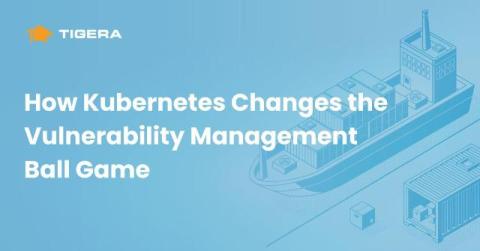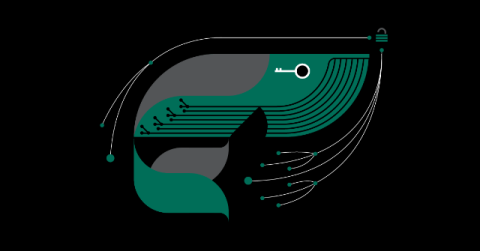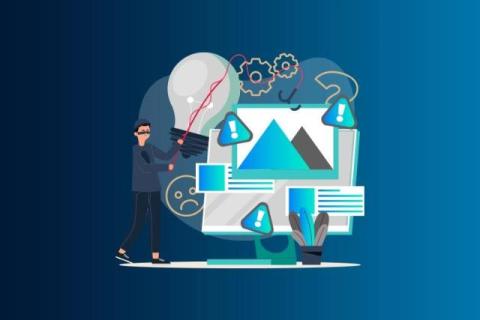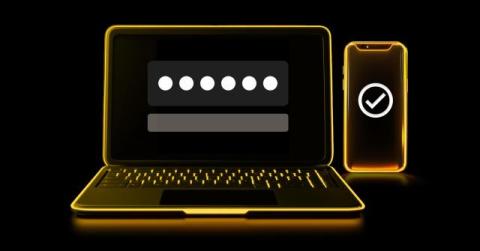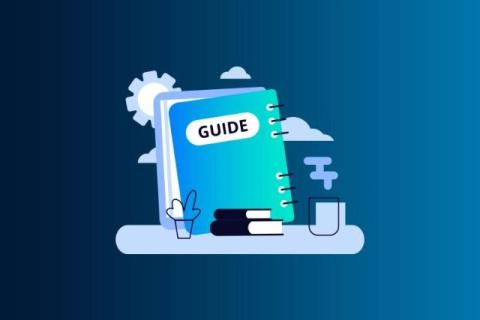How Kubernetes Changes the Vulnerability Management Ball Game
Kubernetes has become a cornerstone in modern IT environments, significantly revolutionizing the way applications are deployed and managed. Its ability to automate scaling, deployment, and management of containerized applications makes it indispensable for businesses aiming for agility, scalability, and efficiency. As organizations increasingly adopt microservices architectures, Kubernetes’ role in providing seamless orchestration and robust security continues to grow in importance.


